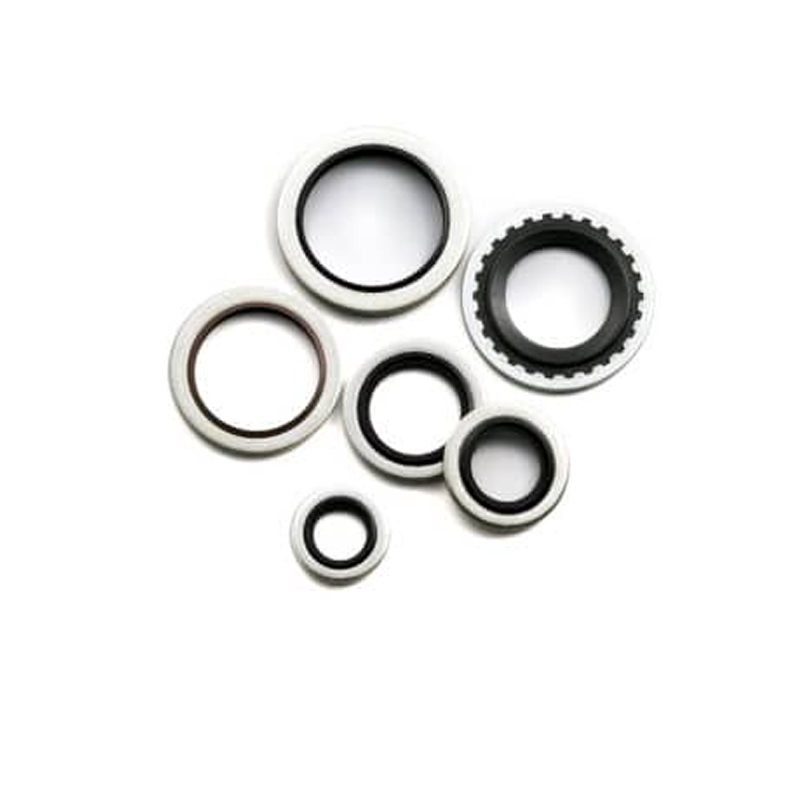oil seal 25 35 7
Understanding Oil Seals The 25/35/7 Specification
Oil seals, also known as grease seals, play a vital role in machinery by preventing the leakage of lubricants and the ingress of contaminants. Among the various sizes and types of oil seals, the specification of 25/35/7 refers to specific dimensions that indicate the inner diameter, outer diameter, and thickness of the seal, respectively. Understanding these parameters is crucial for ensuring the right fit and functionality in mechanical applications.
What Do the Numbers Mean?
In the specification 25/35/7, the numbers provide essential information about the oil seal's dimensions
- Inner Diameter (ID) - 25 mm This is the diameter of the hole in the center of the seal that fits around the shaft. A precise inner diameter is critical because it needs to match the shaft’s dimension snugly to prevent any leakage of oil or grease. - Outer Diameter (OD) - 35 mm This measurement signifies the diameter of the outside edge of the oil seal, determining how well the seal fits into the housing or bore of the machinery. An outer diameter that is too large or small can lead to insufficient sealing, allowing contaminants to enter.
- Thickness (T) - 7 mm The thickness of the oil seal is essential because it affects how the seal interacts with the shaft and the housing. It ensures ample contact and compression to form a tight seal.
Importance of Oil Seals in Machinery
Oil seals are essential components in numerous applications, including automotive engines, industrial machinery, and hydraulic systems. Their primary function is to retain lubricants, which not only facilitates smooth operation but also prevents wear and tear on moving parts. Additionally, oil seals act as barriers against dirt, dust, and moisture, thereby extending the life of equipment.
When oil seals fail, it can lead to significant issues. Oil leaks can degrade the performance of machinery and ultimately result in costly repairs or replacements. Additionally, the entry of contaminants can lead to premature wear of components, increasing operational downtime and maintenance costs.
oil seal 25 35 7

Selecting the Right Oil Seal
When choosing an oil seal with the 25/35/7 specification or any other size, several factors must be considered
1. Material Oil seals can be made from various materials, including rubber, silicone, or polymer blends. The choice of material should depend on the operating conditions, including temperature, pressure, and the type of lubricant involved.
2. Design Types There are various designs of oil seals, such as lip seals and shielded seals. Lip seals incorporate a flexible lip that adjusts to the shaft's movement, providing a tighter seal, while shielded seals prevent contaminants from entering the equipment.
3. Operating Conditions Consider the environment in which the oil seal will operate. Factors like temperature extremes, exposure to chemicals, and speed of the rotating equipment will influence the choice of oil seal materials and designs.
4. Installation Improper installation can lead to premature seal failure. It is crucial to follow manufacturer guidelines and ensure the sealing surface is clean and undamaged before fitting the oil seal.
Conclusion
Oil seals, specifically those with a specification of 25/35/7, are vital components that contribute significantly to the efficiency and longevity of machinery. By understanding their dimensions, importance, and selection criteria, engineers and maintenance personnel can ensure optimal performance and prevent costly equipment failures. Regular checks and timely replacements of oil seals can lead to substantial savings and enhanced operational reliability in industrial applications.
-
Understanding the Front Main Engine Seal: Purpose, Maintenance, and Installation
News Jul.29,2025
-
Understanding O-Rings and Seal Rings: Types, Applications, and Custom Solutions
News Jul.29,2025
-
Understanding Crankshaft Oil Seals: Rear Seals, Pulley Seals, and Their Role in Engine Integrity
News Jul.29,2025
-
The Importance of Front and Rear Crankshaft Seals in Engine Performance and Oil Management
News Jul.29,2025
-
Crank Oil Seals: Functions, Types, and Cost Considerations in Engine Maintenance
News Jul.29,2025
-
A Comprehensive Guide to O-Rings and Seals: Types, Materials, and Global Applications
News Jul.29,2025
-
Mastering Diesel and Performance Engine Maintenance: A Guide to Critical Oil Gaskets
News Jul.28,2025
Products categories















